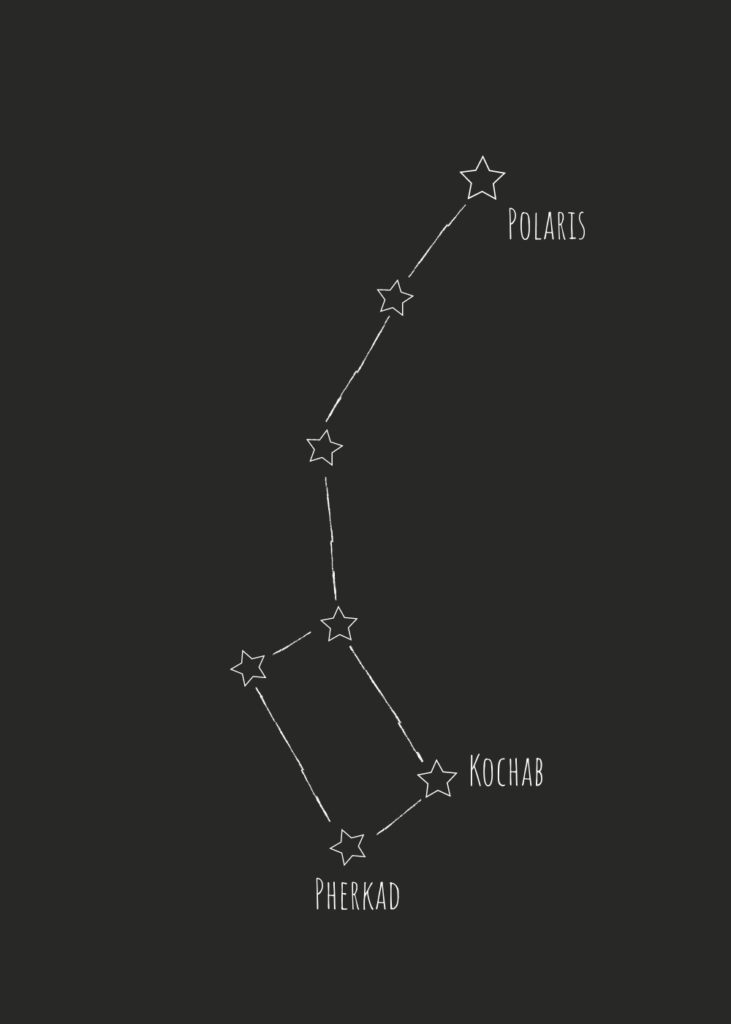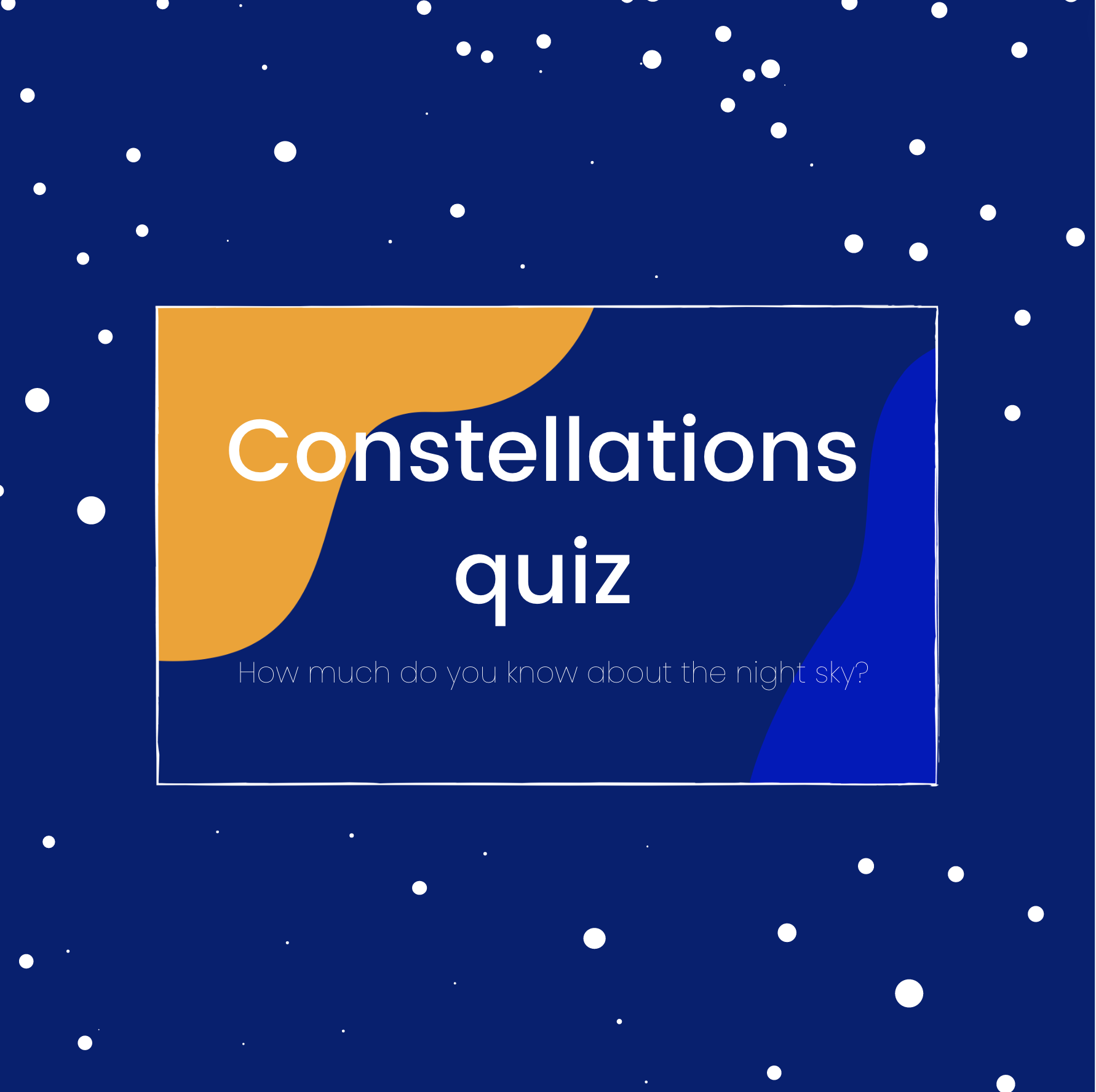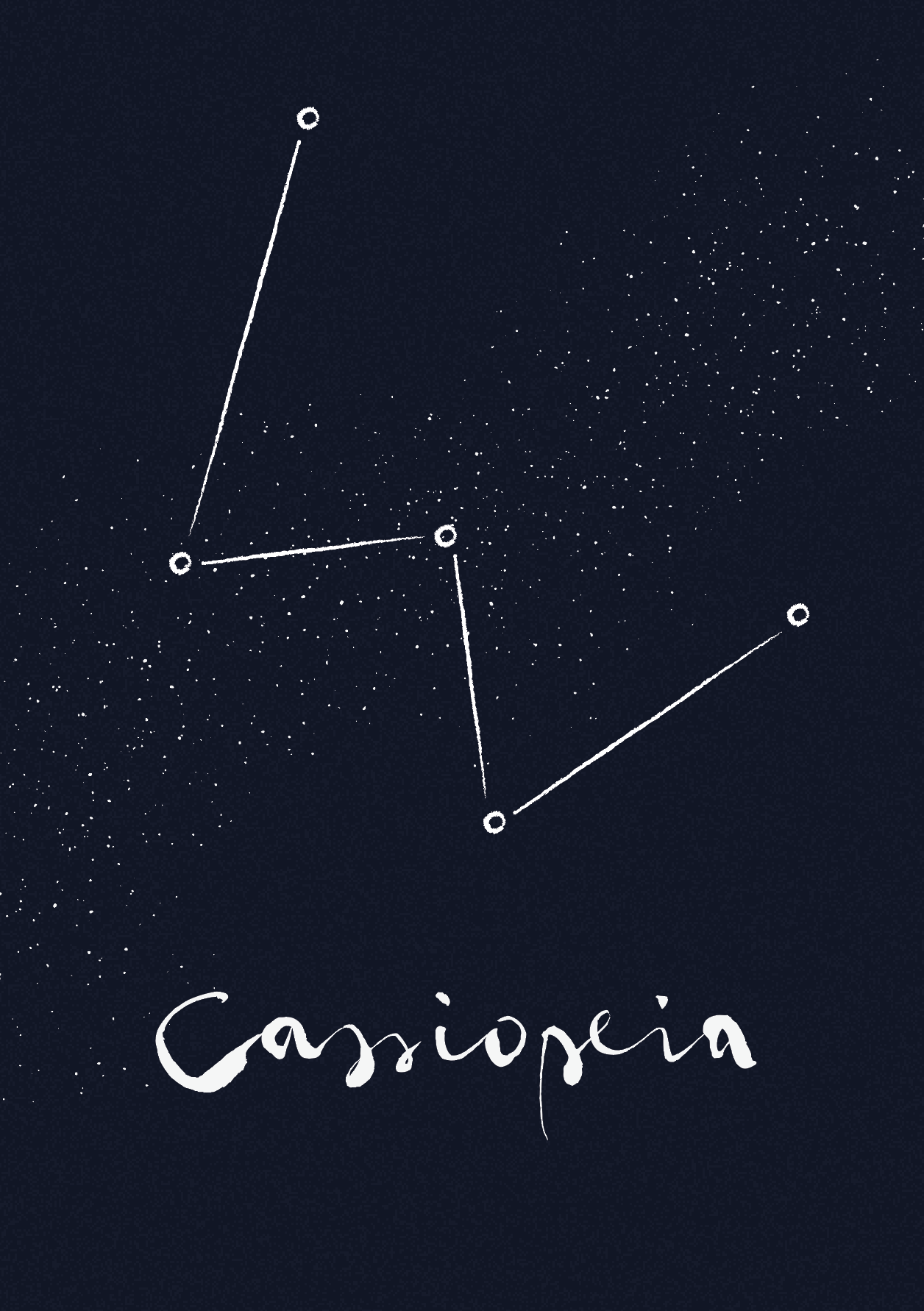Have you ever looked up into the night sky and saw thousands of stars beautifully arranged in the night sky? Maybe they looked random, and you didn’t know the constellations that make them neat and take form? I’m going to teach you how to spot a constellation and a few fun facts about it.
Today we are tackling the most famous and the most basic constellation: Ursa Minor. In Latin, it is called Ursa Minor, and in English, we call it the Little Bear or the Little Dipper. You can see it in the northern hemisphere, and it is a circumpolar constellation. What does that mean? A circumpolar constellation is just a fancy word for saying that you can see it all year round. Most constellations are anticircumpolar, which means that they change as the seasons go. Ursa Minor “orbits” the north pole, so it is circumpolar.
This constellation is famous because it is home to Polaris, the brightest star of the constellation, pointing directly north. Polaris is marking the north celestial pole ( the north pole, but extended into space).
How did we come to know of Ursa Minor? It is believed that Thales of Miletus, an astronomer, and philosopher who lived between 625 and 545 BC, created the constellation and presented it to the Greeks.
The myth behind the constellation
Every constellation has a myth behind its origin because people in the past couldn’t explain how they formed. Here is the tale about the Ursa Minor constellation.
“The constellation Ursa Minor represents Arcas, son of Zeus and the nymph Callisto. Callisto had sworn a vow of faithfulness to Artemis but was later unable to resist Zeus’ position as the king of gods, and they had a child, Arcas. When Zeus’ wife, Hera found out about the disloyalty and Arcas, she turned Callisto into a bear. Callisto spent the next 15 years wandering in the woods and avoiding hunters. One day, she came face to face with her son. Scared, Arcas drew a spear, ready to kill the bear. Luckily, Zeus saw the scene and intervened before it was too late. He sent a powerful wind that scooped the mother and son up to the heavens, where Callisto became Ursa Major and Arcas, Ursa Minor.”
The stars of Ursa Minor
Polaris – is the brightest star of the constellation and is a natural compass for the north pole and was used by our ancestors on voyages through the sea. It is approximately 434 light-years from Earth. It is actually a binary star, and it has four companions! The companion’s names are Alpha Ursa Minor B, Alpha Ursa Minor C, and Alpha Ursa Minor D.
Kochab – the next brightest star in the constellation is a giant star, 130.9 light-years away from Earth. Kochab is much bigger than the sun, about 2.2 times more massive and 130 times as luminous as the sun.
Pherkad – the 3rd brightest star in the constellation is 487 light-years distant from Earth and a luminosity supergiant. It’s a very, very high rotating star, around 180km per second! That’s six times as fast as the Earth!
Kochab and Pherkad have a nickname – Guardians of the Pole because they look like they are orbiting Polaris.
How to find
To find Ursa Minor, you need to be facing north. Once you are facing north, look up and look for this star formation:

When you connect the dots, you can see Ursa Minor!
Cool objects around Ursa Minor
If you look carefully around Ursa Minor, you can find a galaxy! The galaxy’s name is The Ursa Minor Dwarf. It is elliptical, and it is small; hence it’s a dwarf. It is 200,000 light-years away from our galaxy. Most of the stars in The Ursa Minor Dwarf galaxy are old, so there has been no star formation recently. The person who discovered this galaxy is A.G. Wilson at the Lowell Observatory in 1954.

Now, you should know a lot of cool stuff about Ursa Minor, and maybe in a dark and clear sky, see it for yourself.
Reference: Constellation Guide





